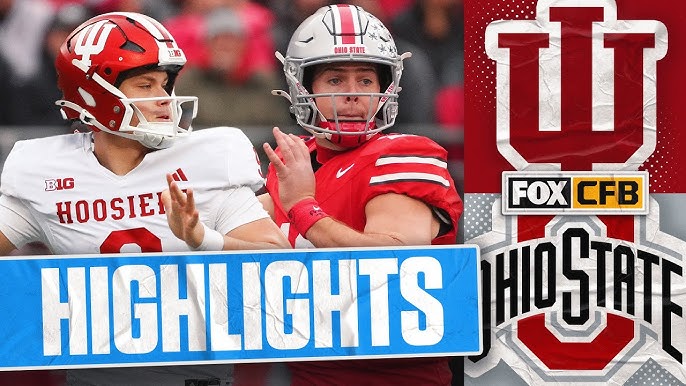The Musical Journey of Sam Rivers: Limp Bizkit’s Driving Force
When discussing the evolution of nu-metal and the bands that have shaped its sound, Limp Bizkit undeniably stands out. At the heart of this band lies Sam Rivers, the talented bassist whose contributions have significantly influenced the group’s dynamic and success. In this blog post, we will explore the journey of Sam Rivers, his role in Limp Bizkit, and how his unique style has helped define the sound of one of the most iconic bands of the late ’90s and early 2000s.
Who is Sam Rivers?
Sam Rivers is an American bassist, musician, and songwriter, primarily known for his work with the rock band Limp Bizkit. Born on September 30, 1977, in Jacksonville, Florida, he grew up in a musical environment that nurtured his talents. Rivers was heavily influenced by a variety of genres, including funk, metal, and punk rock, which have all played a role in his eclectic playing style.
Limp Bizkit: The Birth of a Nu-Metal Icon
Limp Bizkit was formed in 1994 and quickly gained recognition for their aggressive sound that fused elements of rock, hip-hop, and metal. The band’s lineup consisted of frontman Fred Durst, guitarist Wes Borland, drummer John Otto, Sam Rivers on bass, and DJ Lethal. Each member brought their unique style and influences, making Limp Bizkit a game-changer in the nu-metal genre.
Rivers’ bass lines are known for their funky grooves and powerful intensity, often serving as the backbone for the band’s heavier tracks. His ability to blend slap bass techniques with traditional rock rhythms has earned him acclaim and contributed significantly to the band’s unique sound. The synergy between Rivers and Borland’s guitar work creates an engaging listening experience that resonates well with fans.
The Rise to Fame
Limp Bizkit’s breakthrough album, “Three Dollar Bill, Y’all$”, released in 1997, showcased their distinctive sound and established them as a force to be reckoned with in the music industry. The single “Faith” was a massive hit, reaching the top of the charts and further propelling the band into the spotlight. Sam Rivers’ energetic bass playing was vital in tracks like these, where his grooves helped create an infectious energy that was palpable in live performances.
In 1999, with the release of their second album, “Significant Other”, Limp Bizkit achieved mainstream success. This album featured hits such as “Nookie” and “Break Stuff,” both of which highlighted Rivers’ talent. His bass riffs became a cornerstone for the band’s sound, and Limp Bizkit quickly became one of the most influential bands in the late ’90s rock scene.
Innovative Bass Techniques
Sam Rivers has developed a signature style that incorporates various techniques, including slap bass, fingerpicking, and palm muting. This versatility allows him to blend seamlessly with various musical styles, from heavy metal to funk-infused grooves. His ability to create catchy and memorable bass lines has set him apart from other bass players in the industry.
Rivers often uses a combination of overdriven and clean tones, giving his sound a unique character. He incorporates effects such as distortion and chorus to add depth to his bass lines, setting a mood that complements the band’s musical themes. This innovative approach has not only defined Limp Bizkit’s sound but has also inspired countless aspiring bassists around the world.
Collaborations and Side Projects
Aside from his work with Limp Bizkit, Sam Rivers has collaborated with several artists and bands throughout his career. He has been involved in various projects that showcase his musical prowess beyond the nu-metal genre. One notable side project is “Black Light Burns”, led by former Limp Bizkit guitarist Wes Borland, where Rivers contributes significantly to the bass lines and creative process.
Rivers has also been active in collaborating with other musicians during the different iterations of his career, allowing him to explore new musical territories and expand his artistic expressions. These ventures have surface as a testament to his versatility and passion for music, and further solidify his status as a respected figure in the music community.
Legacy and Impact on Music
Sam Rivers’ impact on the music scene, especially within the nu-metal genre, cannot be overstated. His innovative use of bass guitar has influenced a generation of musicians, inspiring them to push the boundaries of their craft. As Limp Bizkit continues to tour and release new music, Rivers remains a vital force within the band, proving that his talent is as relevant today as it was at the height of their fame.
The band’s ability to adapt to changing musical landscapes while maintaining a recognizable sound demonstrates Rivers’ skills as a bassist and a musician. He has successfully transitioned from the intense nu-metal of the late ’90s to contemporary rock, showcasing his ability to evolve as both a player and a creative force.
Conclusion: The Ongoing Journey
In conclusion, Sam Rivers is not just a bassist; he is a driving force in the music industry, whose contributions have helped shape the sound of Limp Bizkit and the genre of nu-metal as a whole. His distinctive playing style, collaborative spirit, and innovative techniques make him a standout musician whose legacy will undoubtedly continue to inspire future generations.
To learn more about Sam Rivers and his life, check out the full biography on Wikipedia.






